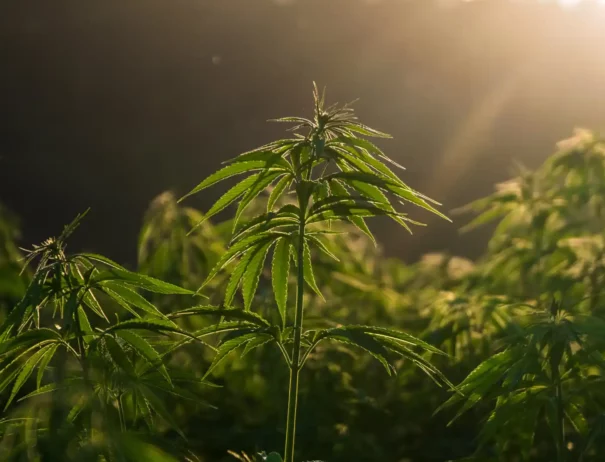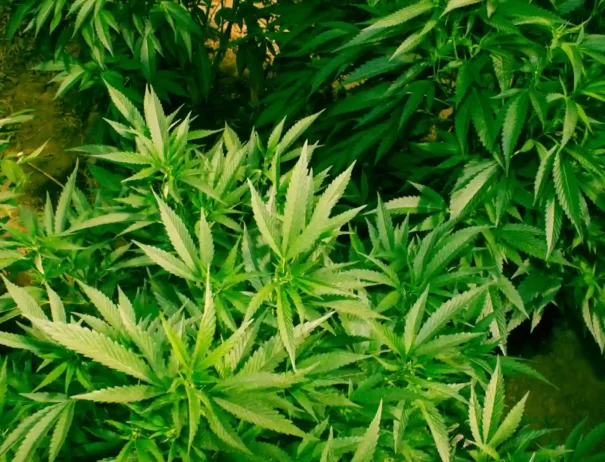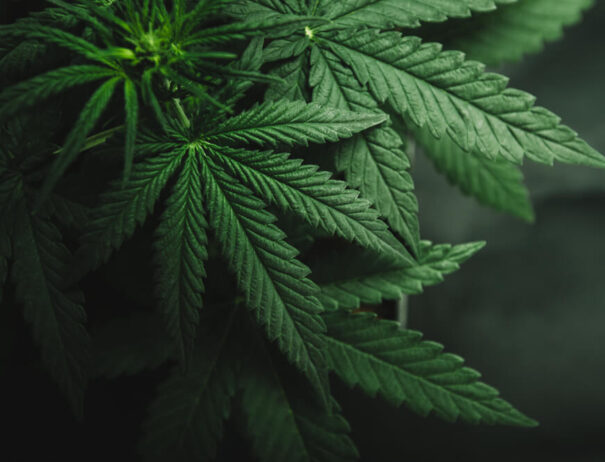Study Reveals Alcohol and Opioids Pose Greater Secondhand Harm Than Marijuana
A recent study revealed that alcohol and opioid use cause more secondhand harm than marijuana use. Researchers found that the risk of secondhand harm from alcohol use is six times higher than that of cannabis use. This study sheds light on how different substances impact not just users but also those around them. The findings highlight the importance of understanding and addressing the dangers of alcohol use and the broader effects of substance use in our society.
Key Findings from the 2020 U.S. National Alcohol Survey
The 2020 U.S. National Alcohol Survey provided striking insights into secondhand harm from substance use. Researchers surveyed 7,799 people, gathering data on their experiences with secondhand harm resulting from the use of alcohol, cannabis, opioids, and other drugs. The survey measured harms like family problems, traffic accidents, physical harm, and financial issues.
The results showed that 34.2 percent of participants experienced secondhand harm from alcohol. The rate of secondhand harm from others’ opioid use was reportedly 7.6 percent, while that of “other” drug use was 8.3 percent. Conversely, only 5.5 percent reported secondhand harm from cannabis use, despite the fact that frequent cannabis users now outnumber frequent alcohol users. The survey highlighted the comparatively low prevalence of secondhand harm from marijuana use, indicating that marijuana causes less secondhand harm compared to alcohol and other drugs.
The researchers also found substantial overlap in the secondhand harm resulting from the use of different substances. Nearly 30 percent of those reporting secondhand alcohol-related harm also reported experiencing harm from other drug use. This overlap suggests the need for comprehensive strategies to address the wide-ranging impacts of alcohol and substance use.
Types of Secondhand Harm Resulting from Substance Use
“Secondhand harms” are the negative effects people experience due to someone else’s use of alcohol, cannabis, opioids, or other drugs. Unlike direct harm, which affects the user, secondhand harm impacts others around them, such as family members, friends, coworkers, and even strangers.
The researchers analyzed several types of secondhand harm:
- Family and Marital Problems: These harms include conflicts, stress, and breakdowns in family relationships resulting from a family member’s substance use. This could mean frequent arguments, fights, neglect, or even abuse.
- Traffic Accidents: When someone drives under the influence of alcohol or drugs, they can cause accidents that harm other drivers, passengers, and pedestrians. These accidents can result in injuries, fatalities, and significant property damage.
- Vandalism: Substance use can lead to destructive behaviors, including vandalism. This means damaging public or private property, which creates financial and emotional burdens for others.
- Physical Harm: This includes any physical violence or injury that someone causes while under the influence of alcohol or drugs. Physical harm can result from fights, assaults, or accidental injuries during intoxicated episodes.
- Financial Issues: When someone spends a lot of money on alcohol or drugs, it can lead to financial instability. This can affect their family and dependents, causing stress and hardship due to unpaid bills, debt, or loss of income.
Comparative Analysis of Secondhand Harm
A comparative analysis of secondhand harm from alcohol, cannabis, opioids, and other drugs reveals significant differences. The survey found that 34.2 percent of participants experienced secondhand harm from alcohol, making it the most prevalent. In contrast, only 5.5 percent of respondents reported secondhand harm from cannabis, which indicates a much lower prevalence compared to alcohol.
Opioids accounted for 7.6 percent of secondhand harm, while other drugs made up 8.3 percent. The survey also showed that many people experienced secondhand harm from others using multiple substances. Nearly 30 percent of those reporting secondhand alcohol harm also reported harm resulting from other drugs. This overlap highlights the broad impact of substance use and the need for comprehensive strategies to address these issues.
The lower prevalence of secondhand harm from cannabis suggests that marijuana use poses less risk to others compared to alcohol and opioids. Understanding these differences can help lawmakers inform policy decisions and interventions aimed at reducing the overall burden of substance use on society.
Demographic Correlates of Secondhand Harm
Researchers also found that certain groups experienced more substance-related secondhand harm than others. For example, women reported higher rates of secondhand harm from alcohol and other drugs than men, indicating that women are more likely to be negatively affected by others’ substance use.
Additionally, people who are separated, divorced, or widowed reported higher rates of secondhand harm from others’ opioid use. This suggests that marital status influences the likelihood of experiencing these harms. People with family histories of alcohol problems also faced higher odds of secondhand harm across all substance types. This suggests that family dynamics play a significant role in the impact of secondhand harm from substance use.
Legal and Social Considerations
Legal and social systems play a significant role in how our society addresses substance use. For instance, legal repercussions for substance use vary widely depending on the substance and the individual. Cannabis use, despite increasing acceptance and legalization, still carries social stigma and legal penalties in many areas, especially for Black and Hispanic communities. This results in higher rates of arrests and legal issues for these groups, creating a cycle of disadvantage.
Social stigma also affects how people view and treat substance users. Alcohol use is often socially accepted, while drug use carries more negative perceptions. These prejudices can prevent people from seeking help, create barriers to recovery, and increase the risk of secondhand harm.
These legal and social factors impact our communities and justice system. Communities with higher rates of substance use face increased crime risk, strained resources, and social instability. Additionally, the justice system often disproportionately targets marginalized groups, exacerbating social inequalities. Addressing these disparities requires comprehensive legal reforms and efforts to reduce social stigma and ensure fair treatment and support for all affected by substance use.
Follow Cannabutter Digest for All Your Cannabis News
For the latest cannabis news, product reviews, and mouth-watering recipes, turn to Cannabutter Digest. Whether you’re a seasoned enthusiast or new to cannabis, Cannabutter Digest offers a wide range of information to keep you updated and informed.

Get Your Free eBook!
Download our FREE resource, The Ultimate Edibles Guidebook, full of recipes, infusion tips and everything you need to make your first batch of edibles today!



